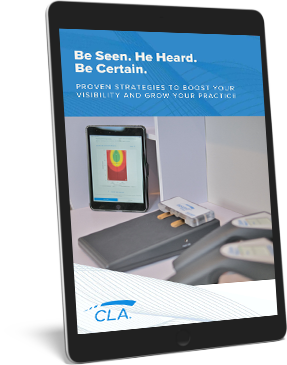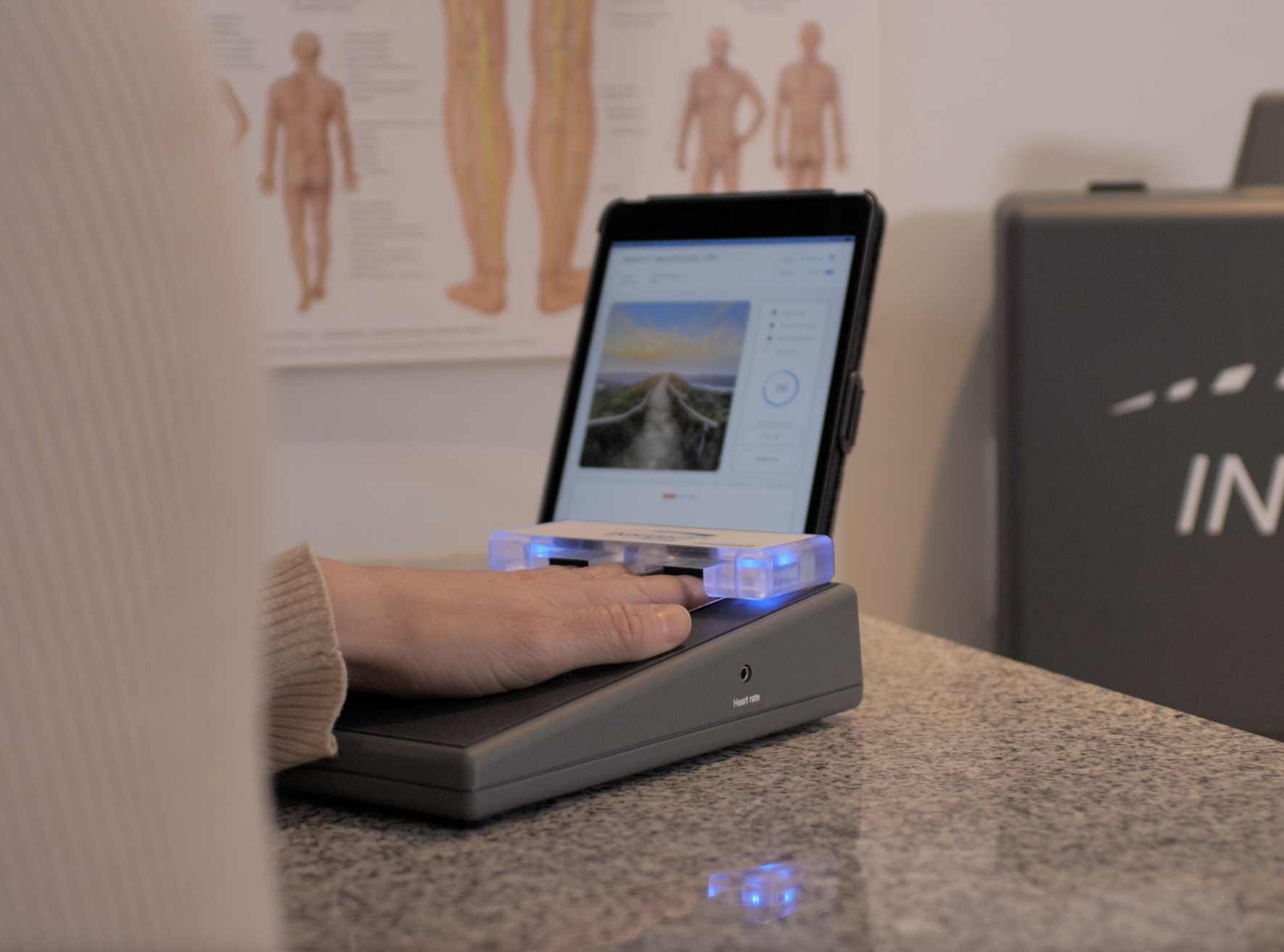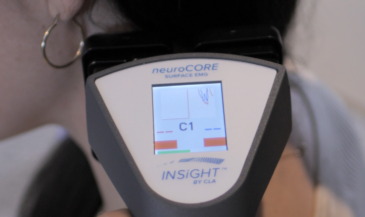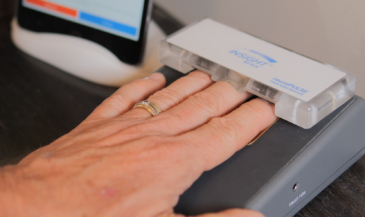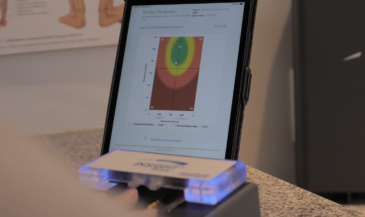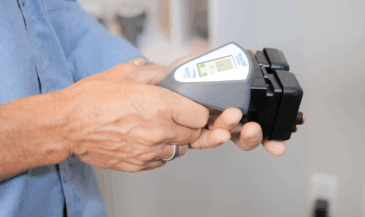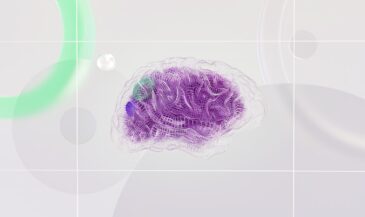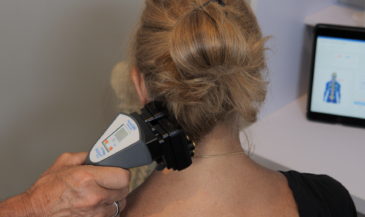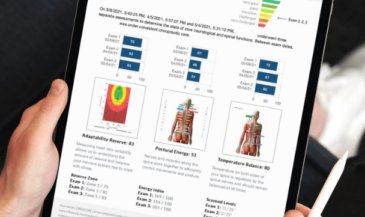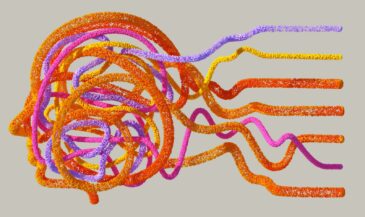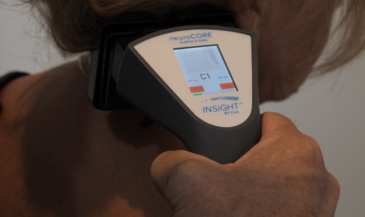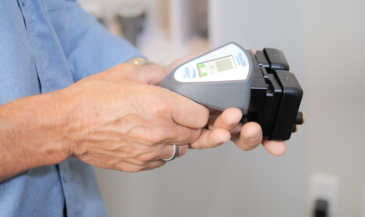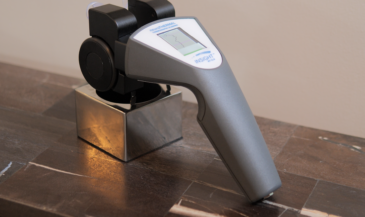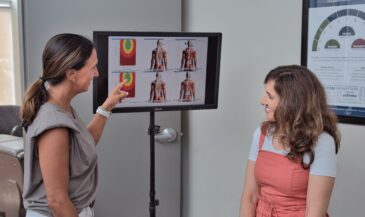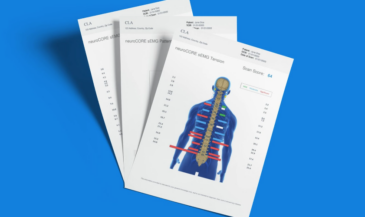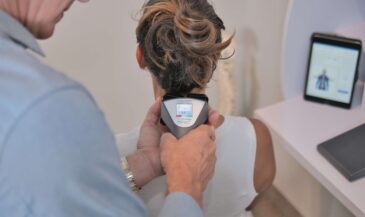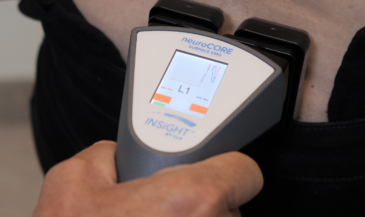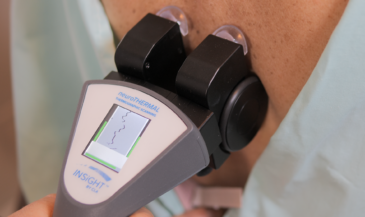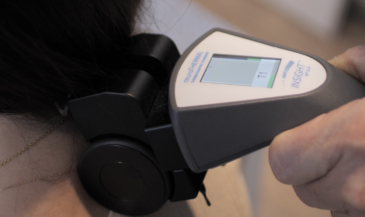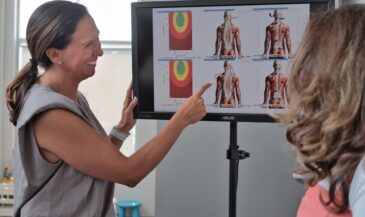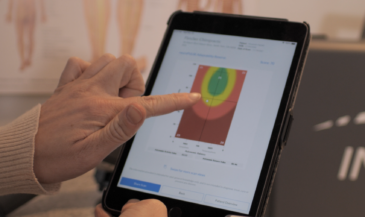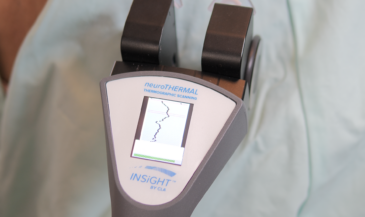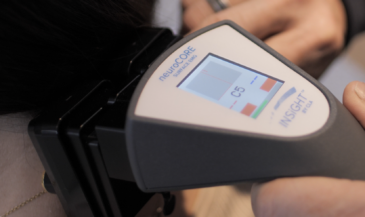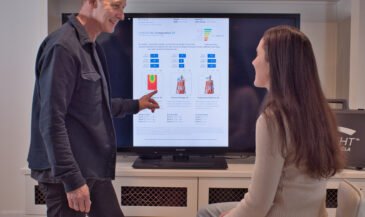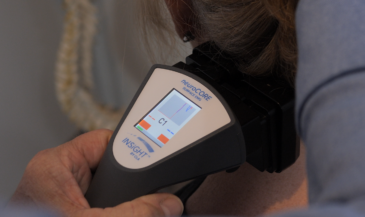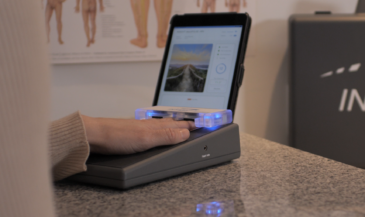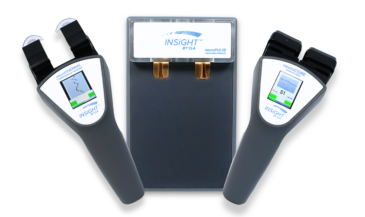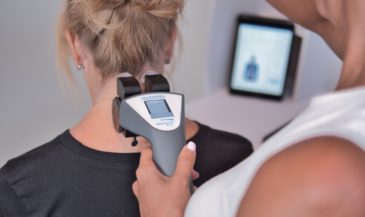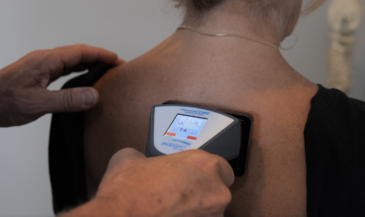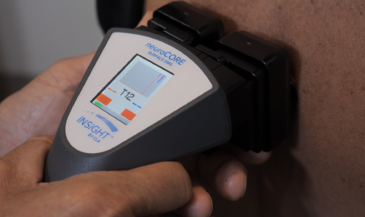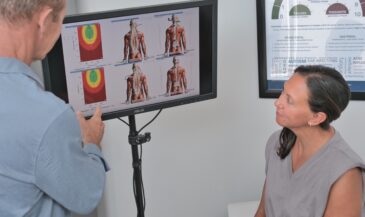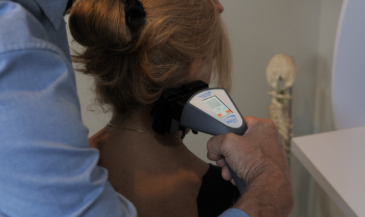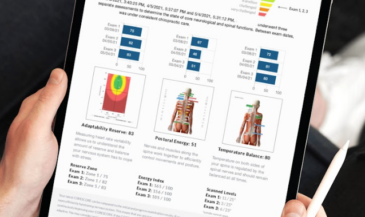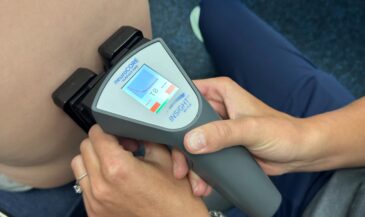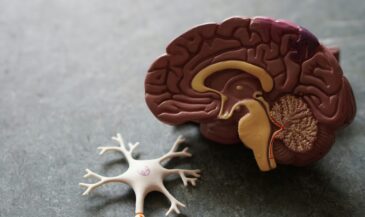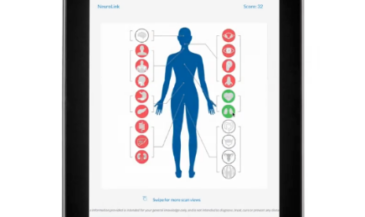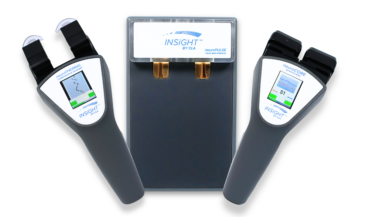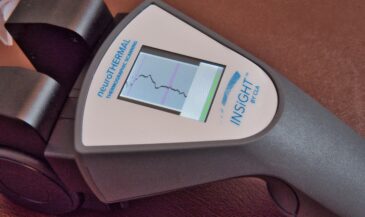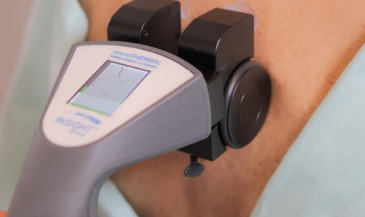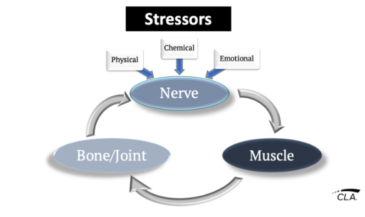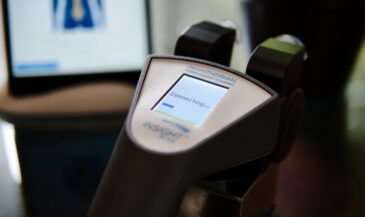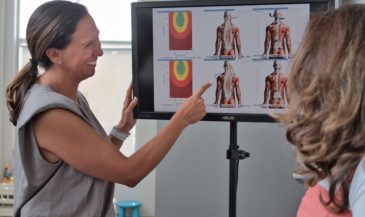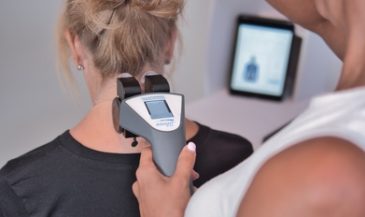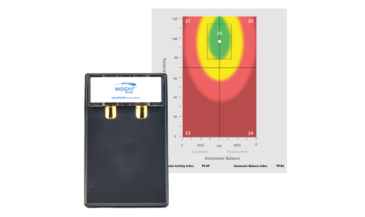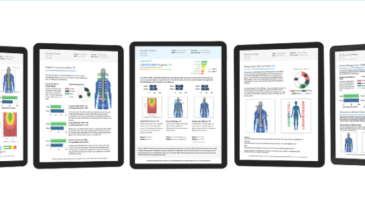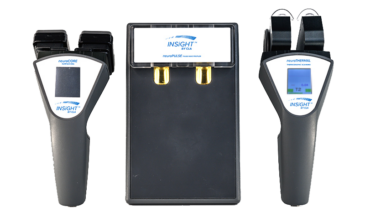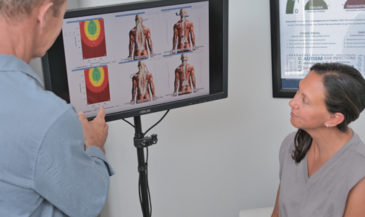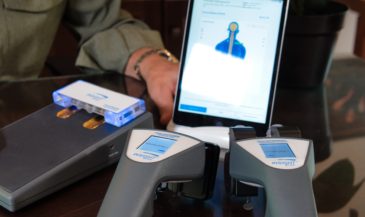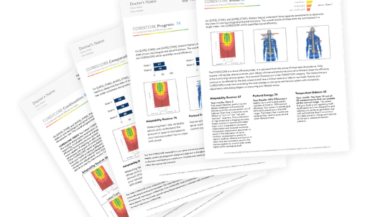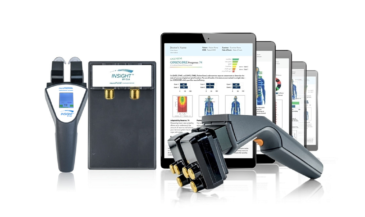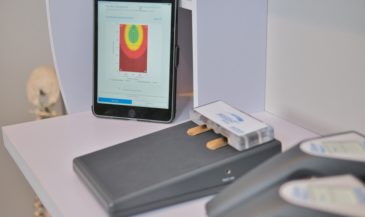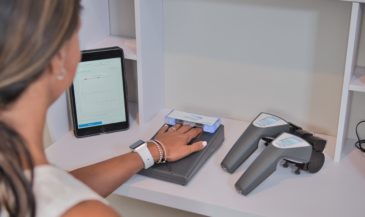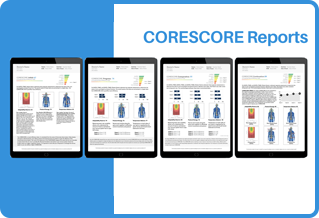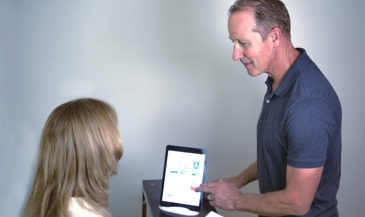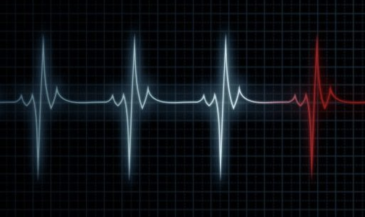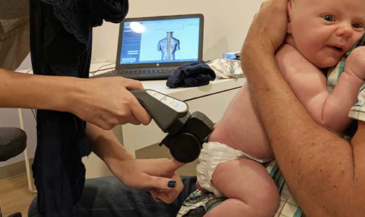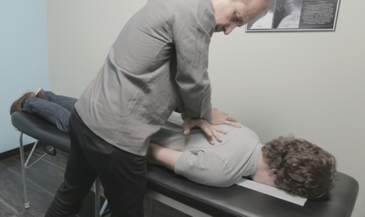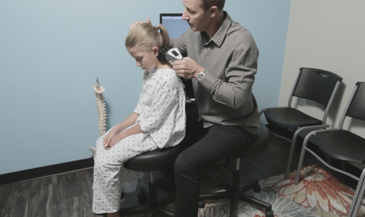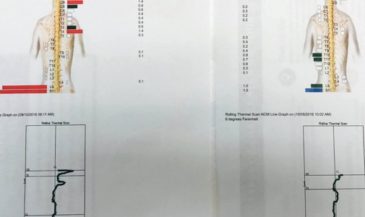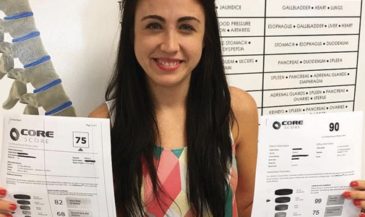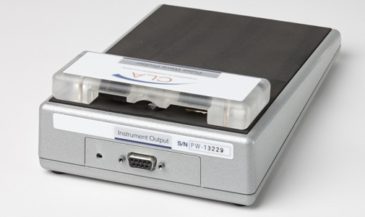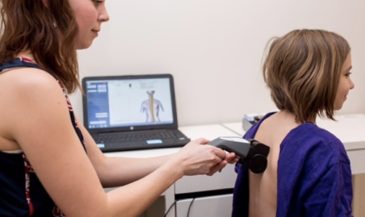Every chiropractor talks about the spine, but not enough are talking about how it ties directly to the nervous system. And let’s be real—if the nervous system isn’t functioning right, the spine is just a glorified coat rack.
This article is here to flip that narrative. The spine isn’t the endgame; it’s the highway. The nervous system is what makes it all matter. Today, we’re breaking down how these two are connected and why this understanding can elevate your care, your outcomes, and your reputation.
Why the Spine and Nervous System are Inseparable
Let’s start with the basics. The spine isn’t just about structure. It’s the housing for the central nervous system, which includes the brain and spinal cord. This system controls everything—movement, healing, digestion, stress response.
If the spine is out of whack, nerves can’t communicate. Misalignments, or subluxations, create interference that throws the entire body off balance. When you’re adjusting the spine, you’re not just aligning bones. You’re restoring communication in the nervous system.
What Happens When the Nervous System is Stressed
The nervous system responds to everything—physical injuries, emotional stress, toxins, even bad posture. Over time, this stress can overwhelm the system, leading to things like chronic pain, fatigue, poor sleep, or immune challenges.
And here’s the kicker: most patients don’t even know it’s happening. They come in for a stiff neck or lower back pain, but what’s really going on is deeper. Their nervous system is screaming for help, and they’re just now noticing the symptoms.
This is why chiropractors need to focus on more than pain. Pain is the alarm. The nervous system is the fire.
How Subluxations Disrupt the Nervous System
Subluxations are a double-edged sword. On one hand, they’re the body’s way of adapting to stress. On the other, they interfere with the body’s ability to function.
When a vertebra shifts out of place, it can compress or irritate the nerves passing through. This interference disrupts the flow of communication between the brain and the body. It’s like having a bad Wi-Fi connection—signals drop, things slow down, and nothing works as it should.
The result? Compensations, tension, inflammation, and a nervous system that’s constantly on edge.
Why the Spine is More Than Just Structure
As you know, the spine isn’t just there to keep you upright… it’s the gateway to the nervous system! Every adjustment you make as a chiropractor is really about optimizing how the nervous system communicates and functions.
When you focus on how the spine affects the nervous system, your adjustments become more precise. You’re not just aligning vertebrae. You’re improving adaptability, reducing stress, and supporting long-term health.
How Scanning Technology Changes the Game
This is where nervous system scanning comes in. Tools like CLA’s INSiGHT scanning technology allow you to see how the nervous system is functioning—not just how the spine looks.
Imagine being able to:
- See where stress is building up before it becomes symptomatic
- Track how well your adjustments are improving nervous system performance
- Show patients measurable proof that their health is improving
With tools like neuroCORE (EMG), neuroTHERMAL, and neuroPULSE (HRV), you’re no longer guessing. You’re working with hard data.
Why CLA’s INSiGHT Technology is a Must-Have
Let’s be real: if you’re not using CLA’s INSiGHT neuroTECH, you’re leaving too much to chance. This system isn’t just impressive to look at—it provides the critical data needed to link the spine and the nervous system with precision.
Let’s break it down:
- neuroCORE (EMG): Highlights areas of muscle tension caused by nerve interference.
- neuroTHERMAL: Tracks inflammation along the spine that signals deeper nerve stress.
- neuroPULSE (HRV): Measures adaptability and resilience in the autonomic nervous system.
Each scan tells a part of the story. Together, they give you the full picture.
Why This Approach Builds Better Patient Relationships
People don’t want bandaid fixes. They want to know their chiropractor is looking out for their long-term health. By focusing on the connection between the nervous system and spine, you’re not just treating symptoms. You’re giving patients a roadmap to better health.
And when they see real results—through both how they feel and the data you provide—they’ll keep coming back.
How to Start Using Neurological Scanning in Your Practice
If you’re ready to step it up, here’s how to bring INSiGHT neuroTECH into your practice:
- Get the tools: Start with the full suite—neuroCORE, neuroTHERMAL, and neuroPULSE.
- Train your team: Make sure everyone understands how to use the tech and explain the results to patients.
- Make scanning a standard: Use it with every patient, from their first visit to their progress checks.
- Track and show progress: Let patients see how their nervous system is improving.
Are you ready to start leveling up your care and building trust with every patient who walks through your door? Book a call with an INSiGHT Advisor today to learn how you can bring this transformative technology into your chiropractic practice!




